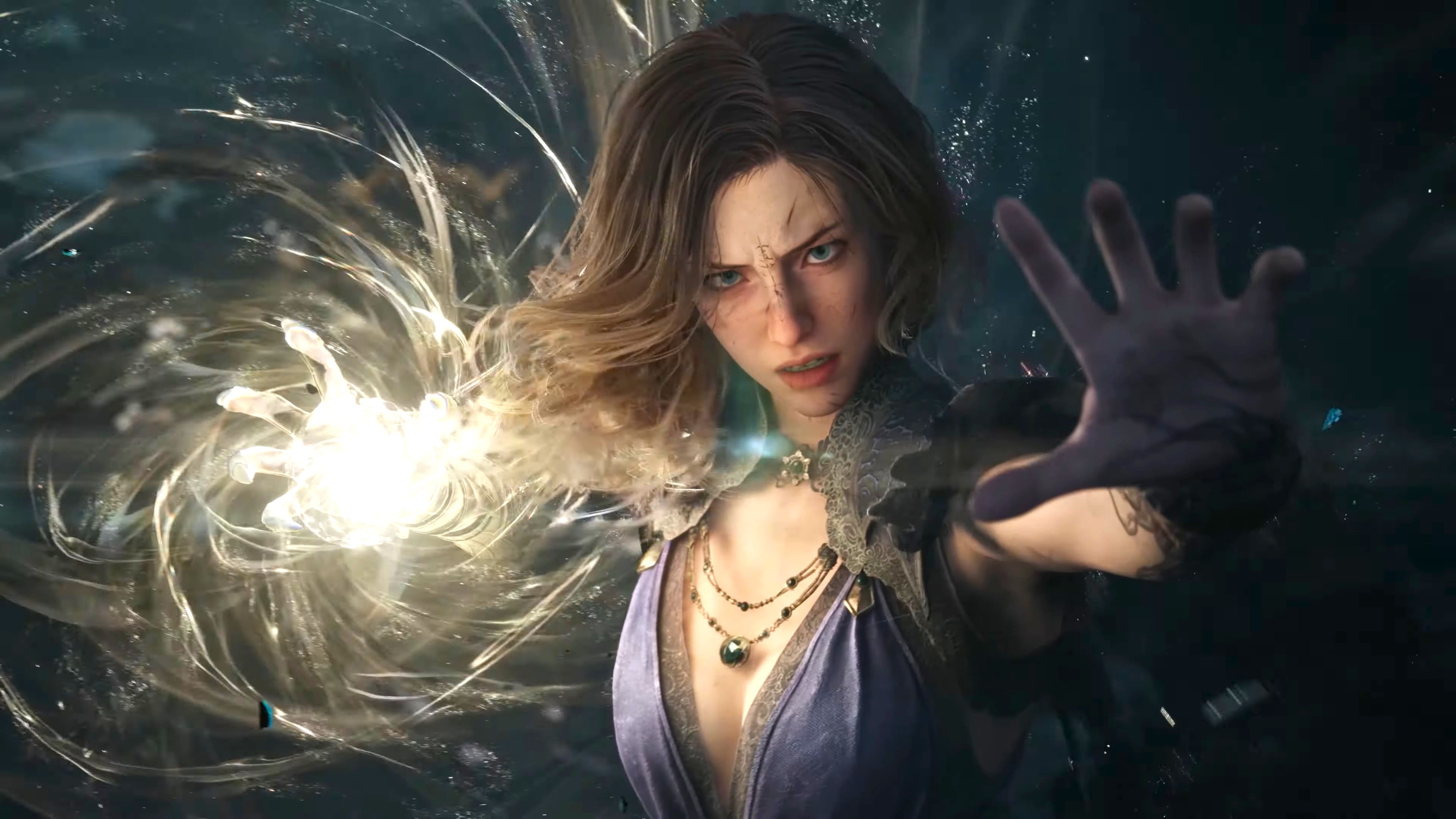Le Festival d'Annecy, un événement qui devrait célébrer la créativité et l'innovation, se retrouve en proie à une controverse insupportable avec son acceptation des projets utilisant l'IA générative pour son édition 2025. Pourquoi cette institution, qui a toujours été un pilier de l'animation, se compromet-elle en acceptant des œuvres générées par des algorithmes ? C'est tout simplement inacceptable !
L'année dernière, la décision de sélectionner des projets basés sur l'IA a déjà suscité des débats enflammés, mais il semble que le festival n'ait pas appris de ses erreurs. Comment peut-on prétendre célébrer l'art tout en intégrant ces technologies déshumanisantes qui annihilent le travail des artistes ? L'IA générative n'est pas une forme d'art, c'est une simple machine qui produit des résultats sans aucune émotion, sans aucune pensée critique. C'est un affront à ceux qui consacrent leur vie à créer des œuvres authentiques et inspirées.
Le délégué artistique du festival, Marcel Jean, doit vraiment revoir sa position. Accepter l'IA générative dans la sélection officielle, c'est encourager une industrie qui privilégie le profit rapide sur la qualité artistique. Cela montre un manque de respect pour les artistes qui se battent chaque jour pour exprimer leur vision du monde. Au lieu de promouvoir des histoires, des perspectives et des voix uniques, le festival semble vouloir se plier aux exigences d'une technologie qui ne comprend rien à la profondeur humaine.
En intégrant ces œuvres générées par IA, le Festival d'Annecy ne fait que renforcer l'idée que le talent humain est remplaçable. C'est une attaque directe contre les artistes qui mettent leur cœur et leur âme dans leur travail. Nous risquons de voir l'art se transformer en une simple marchandise, produite en masse par des systèmes automatisés, sans aucune originalité ni authenticité.
Et que dire de la responsabilité éthique ? Où sont les discussions sur l'impact de l'IA sur l'emploi créatif ? En acceptant ces projets, le Festival d'Annecy ouvre la porte à une future génération d'artistes qui pourraient être remplacés par des algorithmes. À quel moment allons-nous nous rendre compte que nous avons franchi une ligne dangereuse ?
Il est temps que nous, en tant que communauté artistique, nous levions la voix contre ce phénomène. Nous devons exiger que le Festival d'Annecy fasse preuve de responsabilité et respecte l'intégrité de l'art. La créativité humaine doit primer sur les algorithmes. Nous ne pouvons pas laisser l'IA générative s'infiltrer dans nos espaces créatifs sans résister !
#FestivalAnnecy #IAGénérative #ArtVsTech #Créativité #ÉthiqueLe Festival d'Annecy, un événement qui devrait célébrer la créativité et l'innovation, se retrouve en proie à une controverse insupportable avec son acceptation des projets utilisant l'IA générative pour son édition 2025. Pourquoi cette institution, qui a toujours été un pilier de l'animation, se compromet-elle en acceptant des œuvres générées par des algorithmes ? C'est tout simplement inacceptable !
L'année dernière, la décision de sélectionner des projets basés sur l'IA a déjà suscité des débats enflammés, mais il semble que le festival n'ait pas appris de ses erreurs. Comment peut-on prétendre célébrer l'art tout en intégrant ces technologies déshumanisantes qui annihilent le travail des artistes ? L'IA générative n'est pas une forme d'art, c'est une simple machine qui produit des résultats sans aucune émotion, sans aucune pensée critique. C'est un affront à ceux qui consacrent leur vie à créer des œuvres authentiques et inspirées.
Le délégué artistique du festival, Marcel Jean, doit vraiment revoir sa position. Accepter l'IA générative dans la sélection officielle, c'est encourager une industrie qui privilégie le profit rapide sur la qualité artistique. Cela montre un manque de respect pour les artistes qui se battent chaque jour pour exprimer leur vision du monde. Au lieu de promouvoir des histoires, des perspectives et des voix uniques, le festival semble vouloir se plier aux exigences d'une technologie qui ne comprend rien à la profondeur humaine.
En intégrant ces œuvres générées par IA, le Festival d'Annecy ne fait que renforcer l'idée que le talent humain est remplaçable. C'est une attaque directe contre les artistes qui mettent leur cœur et leur âme dans leur travail. Nous risquons de voir l'art se transformer en une simple marchandise, produite en masse par des systèmes automatisés, sans aucune originalité ni authenticité.
Et que dire de la responsabilité éthique ? Où sont les discussions sur l'impact de l'IA sur l'emploi créatif ? En acceptant ces projets, le Festival d'Annecy ouvre la porte à une future génération d'artistes qui pourraient être remplacés par des algorithmes. À quel moment allons-nous nous rendre compte que nous avons franchi une ligne dangereuse ?
Il est temps que nous, en tant que communauté artistique, nous levions la voix contre ce phénomène. Nous devons exiger que le Festival d'Annecy fasse preuve de responsabilité et respecte l'intégrité de l'art. La créativité humaine doit primer sur les algorithmes. Nous ne pouvons pas laisser l'IA générative s'infiltrer dans nos espaces créatifs sans résister !
#FestivalAnnecy #IAGénérative #ArtVsTech #Créativité #Éthique









